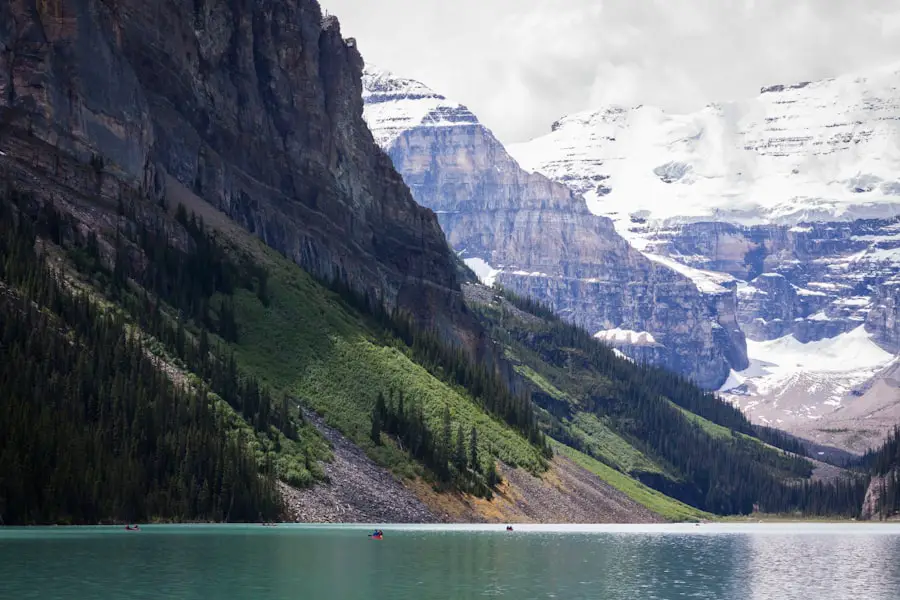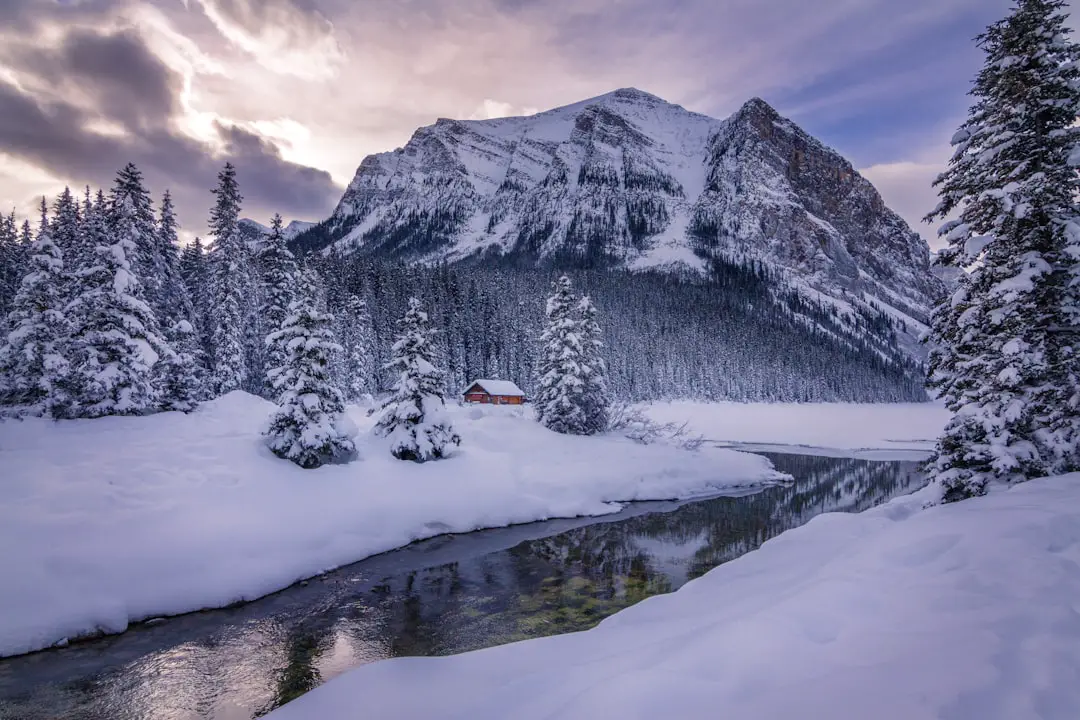Spring in Kyoto is a breathtaking spectacle, marked by the ephemeral beauty of cherry blossoms, or sakura, which bloom in a riot of pink and white across the city. The cherry blossom season typically begins in late March and lasts until early April, drawing both locals and tourists to parks, temples, and streets adorned with these delicate flowers. One of the most iconic spots to witness this natural wonder is Maruyama Park, where the cherry trees are illuminated at night, creating a magical atmosphere that enchants visitors.
The sight of families and friends gathering for hanami, or flower viewing picnics, under the blooming trees is a cherished tradition that encapsulates the spirit of spring in Japan. In addition to the stunning floral displays, spring in Kyoto is also a time for vibrant festivals. The Hanatoro Festival, held in mid-March, transforms the historic districts of Higashiyama and Arashiyama into a wonderland of light.
Lanterns line the streets, illuminating the pathways and creating a serene ambiance that invites exploration. Visitors can stroll through the illuminated gardens of temples such as Kodaiji and Nanzenji, where cherry blossoms and light intertwine to create an unforgettable experience. The combination of natural beauty and cultural celebration makes spring an exceptional time to visit Kyoto.
Key Takeaways
- Spring in Kyoto: Cherry blossoms and festivals offer a picturesque and lively atmosphere, perfect for nature lovers and festival-goers.
- Summer in Kyoto: Fireworks and Gion Matsuri provide a vibrant and exciting experience for those who enjoy traditional Japanese summer festivities.
- Fall in Kyoto: Vibrant foliage and Koyo season offer a stunning and colorful backdrop for nature enthusiasts and photographers.
- Winter in Kyoto: Illuminations and hot springs create a cozy and relaxing atmosphere, ideal for travelers seeking a peaceful winter getaway.
- Best Time to Visit Kyoto for Outdoor Activities: Spring and fall are the best seasons for outdoor activities due to the pleasant weather and beautiful natural scenery.
Summer in Kyoto: Fireworks and Gion Matsuri
As summer arrives in Kyoto, the city comes alive with vibrant energy and cultural festivities. One of the most anticipated events is the Gion Matsuri, a month-long festival that takes place throughout July. This festival is renowned for its grand parades featuring elaborately decorated floats called yama and hoko, which are pulled through the streets by teams of locals dressed in traditional attire.
The highlight of Gion Matsuri occurs on July 17th during the Yamaboko Junko procession, where these floats are paraded through the city, showcasing intricate craftsmanship and cultural heritage. The atmosphere is electric, with crowds gathering to witness this celebration of Kyoto’s history and community spirit. In addition to Gion Matsuri, summer nights in Kyoto are punctuated by spectacular fireworks displays.
The Kyoto Hanabi Taikai, held along the Kamo River, attracts thousands of spectators who gather to watch the sky light up with colorful explosions. The event typically takes place in late July and features a variety of fireworks that illuminate the night sky while reflecting on the river’s surface. The combination of fireworks and the warm summer air creates a festive atmosphere that is both exhilarating and romantic.
Visitors can enjoy traditional street food from stalls lining the riverbanks while soaking in the vibrant ambiance of summer in Kyoto.
Fall in Kyoto: Vibrant Foliage and Koyo Season

As summer fades into autumn, Kyoto transforms into a canvas of vibrant colors during koyo season, when the leaves of maple trees turn brilliant shades of red, orange, and gold. This seasonal change typically peaks from mid-November to early December, drawing nature lovers and photographers eager to capture the breathtaking scenery. Popular spots for viewing autumn foliage include Arashiyama’s Bamboo Grove and Tofukuji Temple, where visitors can stroll through gardens adorned with fiery leaves.
The contrast between the vivid foliage and traditional wooden structures creates a picturesque setting that embodies the essence of Japanese aesthetics. The koyo season is not just about the visual feast; it also offers opportunities for cultural experiences. Many temples and shrines host special evening illuminations during this time, allowing visitors to appreciate the beauty of autumn foliage against a backdrop of softly lit architecture.
For instance, Kiyomizu-dera Temple offers stunning views over the city as its wooden stage overlooks a sea of colorful leaves. The experience is enhanced by traditional tea ceremonies held at various locations, where guests can savor matcha while surrounded by nature’s splendor. Autumn in Kyoto is a time for reflection and appreciation of both natural beauty and cultural heritage.
Winter in Kyoto: Illuminations and Hot Springs
| Event | Location | Duration |
|---|---|---|
| Illuminations | Kyoto City | November to March |
| Hot Springs | Various locations in Kyoto | Year-round |
Winter in Kyoto brings a serene beauty that contrasts sharply with the vibrant seasons preceding it. The cold months are characterized by a tranquil atmosphere, where snow occasionally blankets the city, creating a picturesque winter wonderland. One of the highlights of winter in Kyoto is the various illumination events that take place throughout December and January.
The Arashiyama Hanatoro illuminations are particularly enchanting, as thousands of lanterns light up the pathways along the river and through bamboo groves. This magical display invites visitors to wander through a dreamlike landscape that feels almost otherworldly. In addition to illuminations, winter is also an ideal time to indulge in Japan’s famous onsen culture.
The hot springs around Kyoto provide a perfect escape from the cold weather, offering relaxation and rejuvenation. Places like Kurama Onsen, located just outside the city, allow visitors to soak in natural hot springs while surrounded by snow-covered mountains. The experience is enhanced by traditional ryokan accommodations that serve kaiseki meals featuring seasonal ingredients.
Enjoying a warm bath after a day of exploring Kyoto’s winter scenery creates a unique blend of relaxation and cultural immersion that is hard to replicate.
Best Time to Visit Kyoto for Outdoor Activities
When considering outdoor activities in Kyoto, spring and fall emerge as the prime seasons due to their mild weather and stunning natural landscapes. Spring offers ideal conditions for hiking along trails such as those found in the northern mountains or around Arashiyama’s scenic areas. The pleasant temperatures make it comfortable for long walks or bike rides along the Kamo River or through cherry blossom-lined paths.
Additionally, springtime outdoor activities often coincide with hanami picnics, allowing visitors to enjoy nature while indulging in local delicacies. Fall also presents excellent opportunities for outdoor enthusiasts. The cooler temperatures are perfect for hiking in places like Kurama or along the trails leading to Fushimi Inari Taisha’s iconic torii gates.
The vibrant foliage enhances every outdoor experience, making hikes not only physically rewarding but visually stunning as well. Many visitors take advantage of this season to explore Kyoto’s gardens and parks, where koyo colors create breathtaking backdrops for leisurely strolls or photography sessions. Whether it’s cycling through historical districts or hiking up scenic mountains, both spring and fall provide an ideal setting for outdoor activities in Kyoto.
Best Time to Visit Kyoto for Cultural Festivals

For those interested in immersing themselves in Kyoto’s rich cultural heritage through festivals, summer stands out as the best time to visit. The Gion Matsuri is not only one of Japan’s most famous festivals but also an embodiment of Kyoto’s traditions and community spirit. Visitors can participate in various events leading up to the main parade on July 17th, including street fairs featuring traditional crafts, food stalls offering local delicacies, and performances showcasing traditional music and dance.
This month-long celebration allows tourists to engage with local customs while experiencing firsthand the vibrancy of Kyoto’s culture. Another significant festival worth experiencing is Jidai Matsuri, held on October 22nd each year. This festival celebrates Kyoto’s history through a grand procession featuring participants dressed in costumes representing different eras from Japan’s past.
The parade starts at Heian Shrine and winds its way through the city, showcasing historical attire from ancient times to modernity. Witnessing this event provides insight into Japan’s rich cultural tapestry while allowing visitors to appreciate the artistry involved in traditional clothing and performance.
Best Time to Visit Kyoto for Food and Drink
Food lovers will find that autumn is an exceptional time to visit Kyoto for its seasonal culinary offerings. As harvest season peaks during this time, local markets brim with fresh produce such as persimmons, chestnuts, and mushrooms that feature prominently in traditional dishes. Restaurants across the city begin serving kaiseki meals that highlight seasonal ingredients prepared with meticulous attention to detail.
Dining at establishments like Gion Karyo or Hyotei allows visitors to savor multi-course meals that reflect both seasonal flavors and artistic presentation. In addition to kaiseki cuisine, autumn also marks the beginning of sake brewing season in Kyoto. Many sake breweries open their doors for tastings during this time, allowing visitors to sample locally produced sake while learning about its production process.
The Fushimi district is particularly famous for its sake breweries due to its pure water sources from underground springs. Participating in sake tastings or brewery tours provides an immersive experience into one of Japan’s most beloved beverages while enjoying the crisp autumn air.
Best Time to Visit Kyoto for Budget Travelers
For budget travelers seeking affordable options while exploring Kyoto, winter emerges as an advantageous time to visit. With fewer tourists during this season, many accommodations offer discounted rates compared to peak seasons like spring or summer. Additionally, attractions such as temples and shrines often have lower entrance fees during winter months or may even offer free admission on certain days.
This allows budget-conscious travelers to experience Kyoto’s rich cultural heritage without breaking the bank. Moreover, winter provides opportunities for unique experiences that are often less crowded than during other seasons. Visitors can enjoy seasonal events like illuminations without long lines or overwhelming crowds.
Local eateries may also offer winter specials featuring hearty dishes like nabe (hot pot) at more affordable prices due to decreased demand from tourists. By planning a trip during winter months, budget travelers can enjoy all that Kyoto has to offer while taking advantage of lower costs associated with accommodations, dining, and attractions.
If you are planning a trip to Kyoto, Japan, it is important to consider the best time to visit in order to make the most of your experience. According to a recent article on TakeTravelInfo, the ideal time to travel to Kyoto is during the spring months of March to May when the cherry blossoms are in full bloom. This is a magical time to explore the city’s temples, gardens, and historic sites while enjoying the beautiful pink and white blossoms that line the streets.
FAQs
What is the best time to travel to Kyoto?
The best time to travel to Kyoto is during the spring (March to May) and autumn (September to November) seasons. These times offer pleasant weather, beautiful cherry blossoms in spring, and stunning fall foliage in autumn.
What is the weather like in Kyoto during the best times to travel?
During the spring and autumn, Kyoto experiences mild temperatures, with average highs ranging from 15°C to 25°C (59°F to 77°F). These seasons also have lower chances of rainfall compared to the summer months.
Are there any specific events or festivals to consider when planning a trip to Kyoto?
During the spring, the cherry blossom season (hanami) is a major event in Kyoto, with many parks and temples hosting special events. In autumn, the city celebrates the fall foliage with various light-up events at temples and gardens.
What are the peak tourist seasons in Kyoto?
The peak tourist seasons in Kyoto are during the cherry blossom season in spring and the fall foliage season in autumn. These times attract large crowds, so it’s advisable to book accommodations and plan activities in advance.
Are there any times to avoid traveling to Kyoto?
The summer months (June to August) in Kyoto can be hot and humid, with occasional heavy rainfall. It’s also the peak of the rainy season, so travelers may want to avoid this time if they prefer drier weather.
